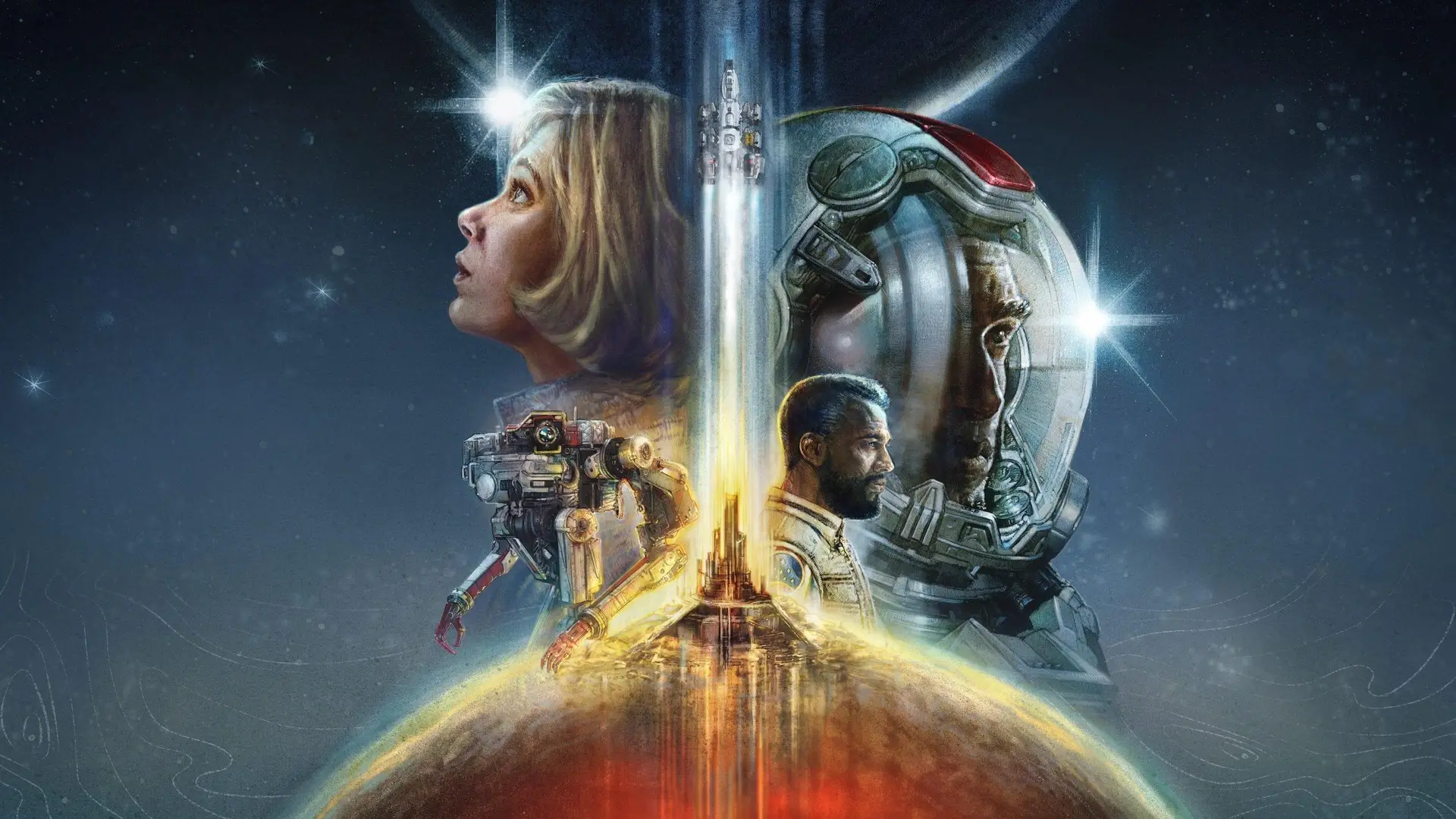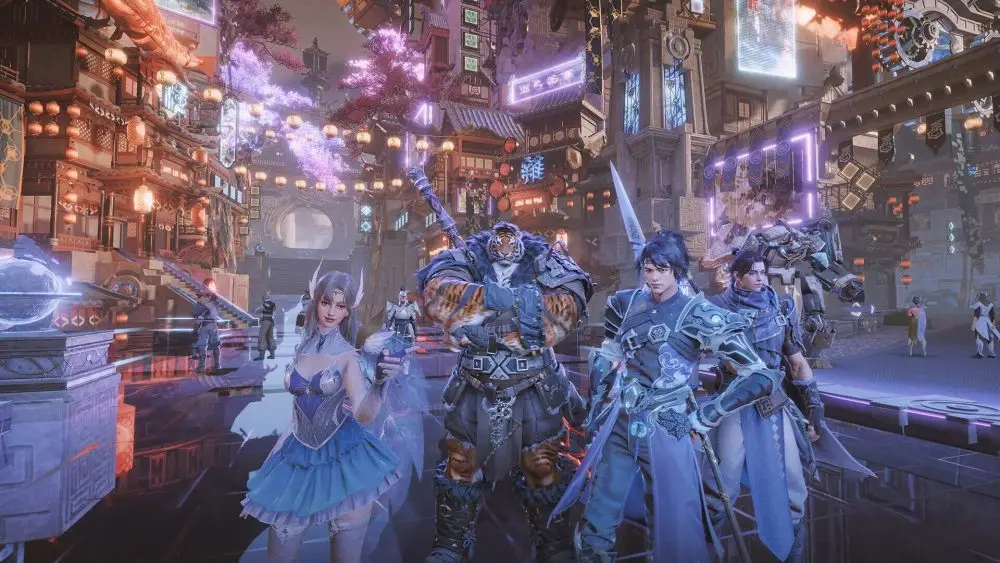The role of digital games in our lives has significantly increased, extending beyond mere leisure. By playing, a gamer directly influences their own neuroplasticity. In this article, we will explore how video games affect the brain, focusing on memory, attention, thinking, emotions, and biological adaptation.
Memory in motion: activating the hippocampus through challenges
The mechanics of the game shape memory as a training system. Gamers hold not only the logic of the map in their minds but also resources, enemy behavior, dialog histories. All of this engages the hippocampus, the structure responsible for translating short-term impressions into stable knowledge. How video games affect the brain through memory: the higher the pace and complexity, the more enduring the result. Memorizing route points, combo moves, and complex plots forms long-term neural connections. This is particularly evident in RPGs, where attention is distributed across multiple logical nodes.

How video games affect the brain: multitasking as a resource
In games, information comes in layers. Health status, map, inventory, enemy behavior—all require parallel tracking. The prefrontal cortex takes on the task of filtering and coordinating. How video games affect the brain: attention shifts from a narrow beam to a projection spotlight. The player analyzes the situation in real time, all while maintaining focus on the main goal. This translates to everyday tasks like driving, public speaking, negotiations.
Spatial thinking: real-time internal map
Navigation in 3D games forms a volumetric model of the world. Gamers note points, terrain, direction of movement, and landmarks. The temporal lobe and hippocampus in this case create a GPS interface within the brain. How video games affect the brain in terms of spatial orientation: stimulation of spatial thinking is particularly active in racing games, shooters, and simulators. The brain not only recognizes distances but also forecasts paths, optimizes trajectories, and adapts to changing conditions. This is an important element in the development of teenagers, students, and engineering professionals.
Emotional regulation: plot as a mirror of the inner world
Interactive stories in games allow not only decision-making but also monitoring their consequences. Game choices are not abstract buttons but emotional hooks. Titles built on dilemmas and morality shape thinking that can consider others’ feelings, predict situation development, and react appropriately.
How video games affect the brain in terms of emotional maturity is demonstrated by projects with nonlinear branches. The player’s choices reflect in character development, NPC relationships, and world changes. This approach activates the prefrontal areas responsible for empathy and moral judgments. It provides teenagers with a safe model where emotions become objects of analysis rather than spontaneous reactions. Relationship simulators, visual novels, and RPGs emphasizing dialogue play a significant role. Through multiple playthroughs with different decisions, the brain learns flexibility—and this remains not only in the game but also in life. Emotions cease to dominate and begin to follow conscious choices.
Motor skills and reflexes: how video games affect the brain
Video games have long ceased to be just a visual experience. Modern genres build mechanics on speed and accuracy, where every millisecond matters. Racing, shooters, musical rhythm-action—all require instant responses, without deliberation. How video games affect the brain in the motor skills zone is particularly evident in projects with short action cycles. The signal is received, instantly assessed, and a response is triggered. This activates the cerebellum, visual-motor pathways, and frontal cortex. Reflexes become deliberate, not reflexive. Doctors, engineers, drivers, or athletes—all benefit from such neurostimulation.
For the adult brain, such tasks become a workout similar to physical exercises. After 30 years, the speed of synaptic transmission decreases, but regular gaming restores this balance. This aspect is especially important for people working in multitasking conditions and requiring high attention to detail.
How video games affect the brain depending on the genre
Different genres engage neural networks differently. One trains coordination, another—thinking, a third—imagination. It is important to understand how to use each correctly.
Genres and their influence:
-
Shooters—develop quick reaction, visual fixation, movement accuracy.
-
Platformers—build coordination, improve error handling, train short-term memory.
-
RPGs—develop strategic thinking, moral compass, emotional intelligence.
-
Strategies—strengthen logical connections, forecasting, prioritized thinking.
-
Simulators—form systemic perception, sequence, understanding the action-result relationship.
-
VR games—activate the vestibular system, orientation, bodily sensitivity.
How video games affect the brain depends on their genre structure. Each mechanic impacts specific areas: visual cortex, prefrontal zone, hippocampus, temporal lobes.
Digital activity: neurostimulation in later stages of life
After 60 years, the brain loses flexibility but retains the ability to learn. This is where video games become a substitute for classic exercises. Unlike crosswords, games provide interactivity, engagement, emotional motivation. This draws individuals into the process and makes it regular. How video games affect the brains of elderly people is evident in simple simulators, puzzles, and logical strategies. Such projects require attention, decision-making, retention of short-term information—thus activating both frontal and parietal areas. A daily 30-minute session can enhance cognitive activity in just 4 weeks: improving concentration, rekindling interest in socializing, stabilizing emotional well-being.

The boundary of benefit: where stimulation turns into overload
Any tool in excess becomes harmful. When the routine is disrupted, control and balance are lacking—video games can lead to addiction. Elevated dopamine levels without recovery lead to burnout. Children under 8 years old are particularly vulnerable. Without restrictions, the gaming environment replaces real-life experiences, reduces emotional intelligence, disrupts the motivation cycle. In adults, addiction manifests through apathy, anxiety, sleep disturbances. Therefore, time and genre control are critically important.
Conclusion
The gaming process is not an escape from reality but a reevaluation of it through stimuli, tasks, and emotions. The brain perceives the game as a life model, where each quest becomes a form of learning. Memory, attention, speed, spatial thinking, emotional intelligence—all improve with measured and conscious practice. How video games affect the brain is not a matter of trend but approach. The right choice of genre, time, and goals transforms the game into a growth tool, not just entertainment.
 en
en  ru
ru  de
de  ar
ar  es
es  hi
hi  fr
fr  nl
nl  it
it  pt
pt  el
el 









